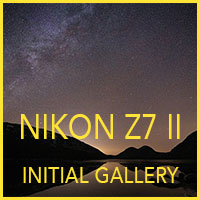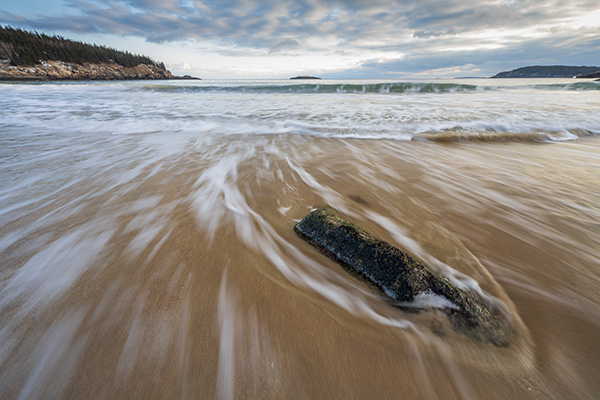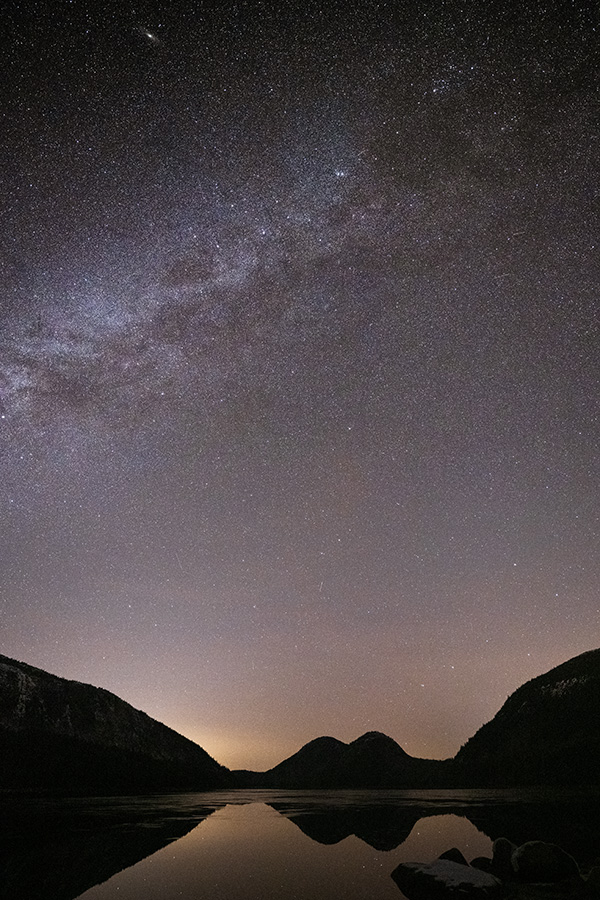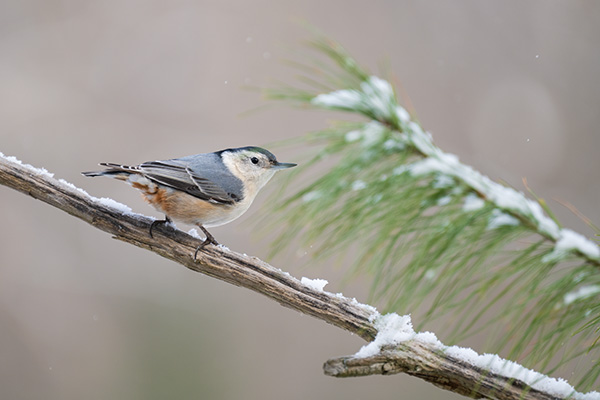Nikon Z7 II Initial Gallery: See real-world shots from Nikon’s impressive high-res mirrorless camera
posted Tuesday, January 19, 2021 at 2:20 PM EDT
Click here to browse our Nikon Z7 II Gallery

Fresh off my Nikon Z6 II Field Test, I have been going hands-on with its high-resolution sibling, the Nikon Z7 II. While I continue working on the Z7 II Field Test, I wanted to share some real-world sample images to hold you over.
Like the Z6 II, the Z7 II shares many similarities with its predecessor. The Z7 II uses the same 45.7-megapixel backside-illuminated CMOS image sensor as the Z7 but adds a second EXPEED 6 image processor to improve the overall performance of the camera. The Z7 II captures images at faster speeds and has a larger buffer than its predecessor. While this doesn't impact image quality, it makes the Z7 II a better camera than the original Z7.
Although image quality hasn't changed in the Z7 II, it remains a powerful aspect of the camera. Throughout much of the native ISO range of 64-25,600, the Z7 II delivers impressive image quality. At low ISOs in particular, the dynamic range is excellent. Consider the image below; I could pull considerable detail out of the shadows in the scene while recovering highlight detail in the sky. While performing extensive processing, the Z7 II's RAW files' fidelity holds up well, and the camera delivers good tonal range transitions and strong color performance.

Despite its nearly 46 megapixels, the Z7 II performs well at high ISO settings, too. Although image quality isn't spectacular at the maximum native ISO, you can push the camera very far and still have good image quality. I captured the image below at ISO 10000 and then pushed the file very far during processing to bring out as many stars in the night sky as possible and present additional detail from the Milky Way.

Night sky photography is challenging for any camera, and the Z7 II image sensor handles the challenge well. There is certainly noise in the image, but with only mild noise reduction during processing, the resulting image has consistent, fine-grain noise and only slight color noise.
Concerning the rest of my experience with the Z7 II, the camera has been enjoyable to use. While it's not a dramatic departure from the Z7, many aspects of the camera are better, and the resulting overall experience is good. The improved autofocus and speed are particularly welcome changes. They make the Z7 II a more versatile and flexible camera during real-world use, particularly when using it for wildlife photography.

The Nikon Z7 II maintains its predecessor's great design and ergonomics while delivering more speed, improved performance, a second card slot, and superior autofocus performance. I believe there is still room for the Z system to grow as some aspects of the Z7 II need further improvement, which I'll discuss in my upcoming Nikon Z7 II Field Test. For now, you can download my real-world sample images in the Nikon Z7 II Gallery and download controlled Nikon Z7 II sample test shots.
• Nikon Z7 II Gallery • Nikon Z7 II Samples •
